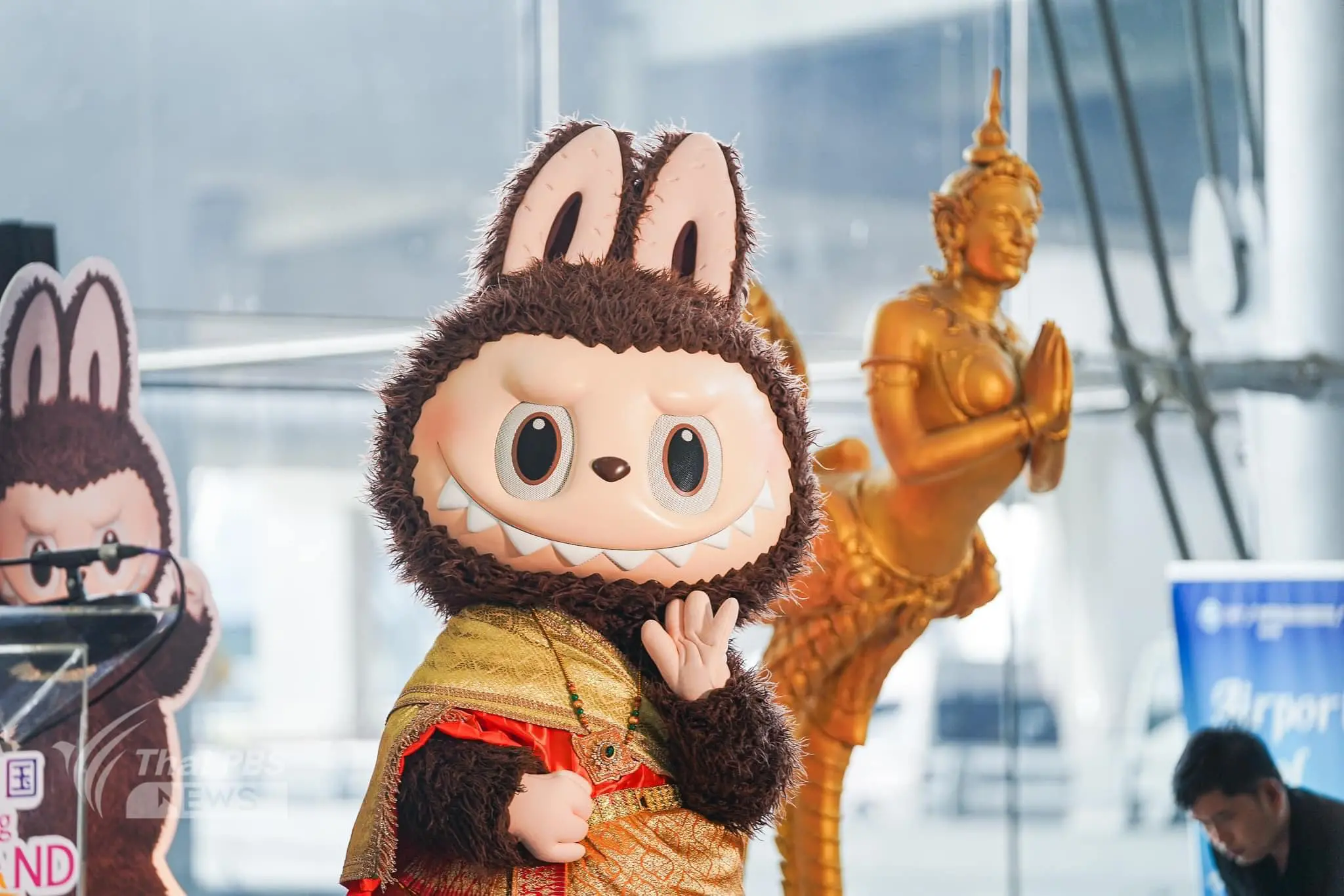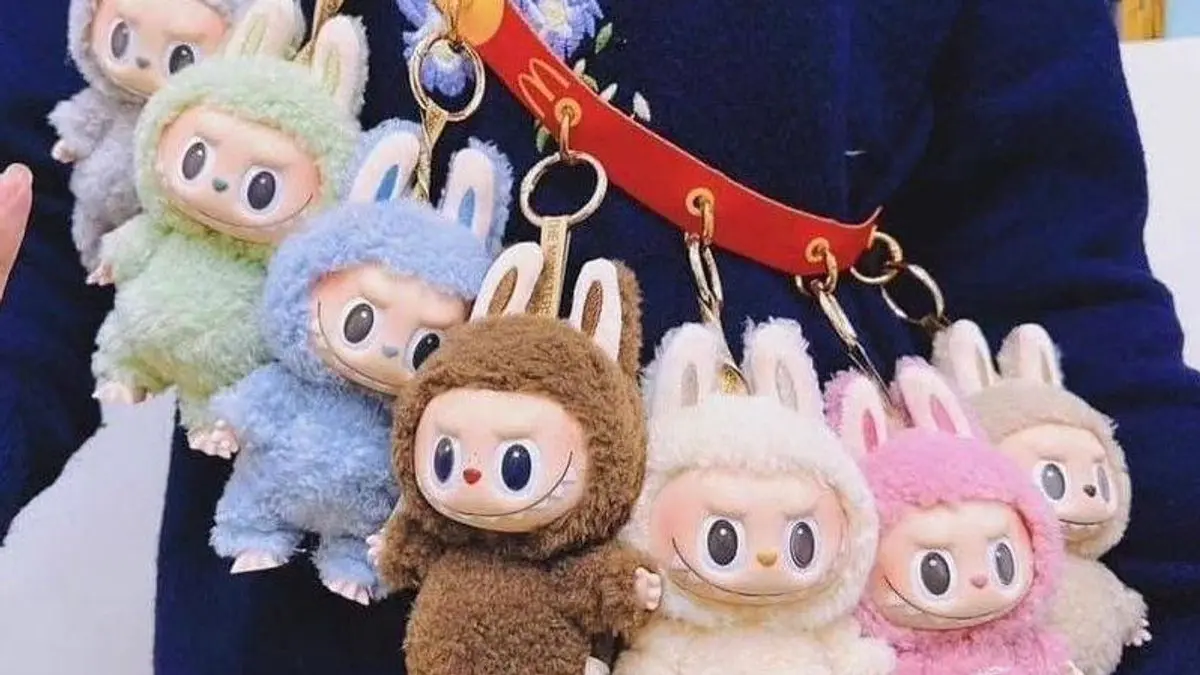One of the most striking sights in a high-end café in Seoul, a gallery window in New York, or an influencer’s unboxing video from Bangkok is a tiny, fuzzy creature with a wide, toothy grin. Its name is Labubu, and it’s not just a toy—it’s a cultural phenomenon reshaping how we think about collecting, identity, and play.
Pop Mart and the Rise of a New “Art Toy” Culture
Labubu was created by Hong Kong illustrator Kasing Lung in collaboration with the Chinese brand Pop Mart. Originally part of the “The Monsters” collection, Labubu blends cuteness with touches of the grotesque, melancholic, and surreal.
Pop Mart, once a modest toy company, revolutionized the market for “art toys”—figurines meant not for play but for collecting, admiration, and self-expression. Its use of blind box packaging—where buyers don’t know which design they’re getting—only amplifies the emotional appeal of collecting.

Kawaii with a Dark Twist
Labubu perfectly embodies the “creepy-cute” aesthetic—childlike in shape and color, but with sharp teeth and eerie facial expressions. It’s unsettling and charming in equal measure.
This unique balance draws in a generation of young adults known as “kidults,” who seek nostalgia, emotional refuge, and alternative forms of self-representation. Labubu isn’t just a figure—it’s a visual identity, a portable symbol of rebellion or whimsy, worn on bags or showcased like miniature sculptures.
Social Media as a Cult Engine
The internet, of course, played a major role. Hashtags like #labubu and #popmart flood TikTok, Instagram, and YouTube. Influencers gravitate toward the figures’ visual flair and the anticipation of blind box unboxings—perfect for short-form video content.
More importantly, Labubu has fostered a community. Collectors show off their figures, engage in trades, host fan meetups, and create fan art. It’s more than just a toy—it’s a subculture.
From Toy to Investment Piece
When a life-sized Labubu was auctioned off in Beijing for over $140,000, it was clear that this wasn’t just about fandom—it was about serious value. Limited editions, numbered releases, and certified authenticity have transformed Labubu into a lucrative collectible.
Pop Mart’s figures now appear alongside modern art in Asian auction houses. With designs based on original artwork and production runs in the hundreds or low thousands, Labubu has more in common with collectible sculptures than traditional toys.

Kidult Culture and Emotional Anchoring
The phenomenon is tied deeply to the rise of the “kidult” generation—adults raised in the ’80s and ’90s who now face economic pressure, social uncertainty, and disrupted life milestones. In this context, toys like Labubu serve as emotional anchors—a way to connect with simpler times.
“When I hold a Labubu, I’m holding a memory,” wrote one Reddit user. In a fast-paced digital world, these tangible, sentimental objects offer a form of psychological comfort. They are both playful and profoundly personal.
What Comes Next?
Pop Mart is far from done. The brand is expanding into large-scale sculptures, Labubu-themed building blocks, fashion collaborations, and lifestyle branding. With pop-up exhibitions, partnerships, and new character lines, Labubu is evolving into more than a product—it’s a creative platform.
Whether Labubu is a seasonal trend or a lasting icon of modern pop culture remains to be seen. But one thing is clear: it has already changed the rules of what a toy can be.
Labubu isn’t just a cute quirk. It’s a symbol of a generation searching for joy in the chaos.














